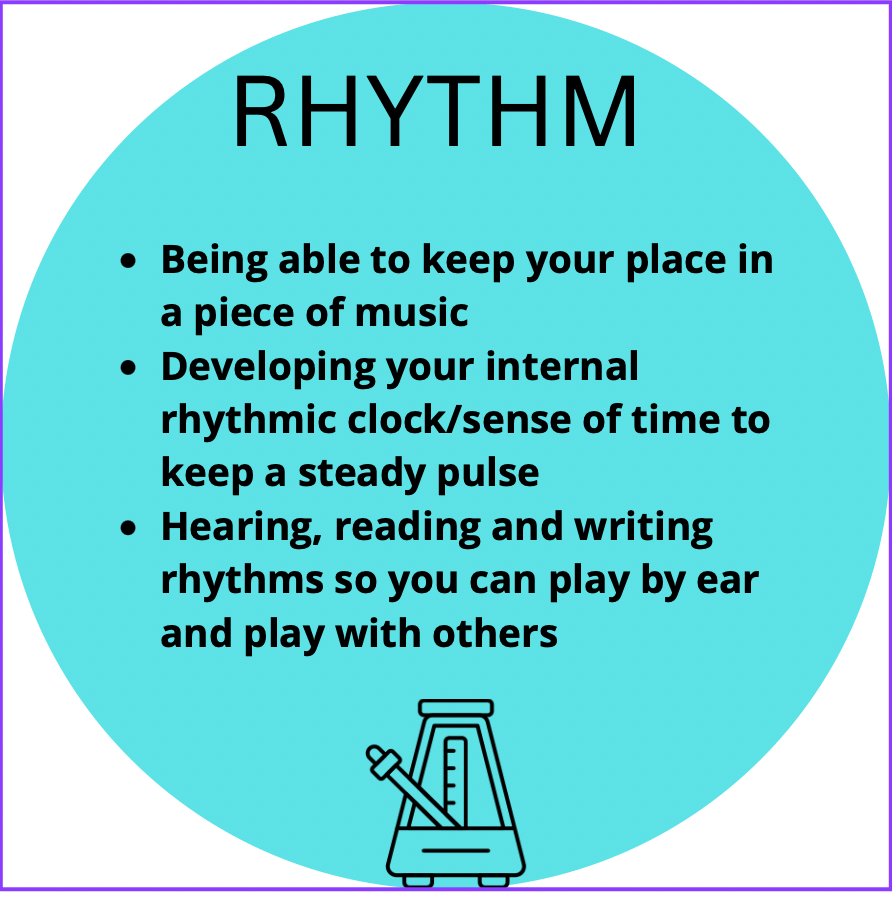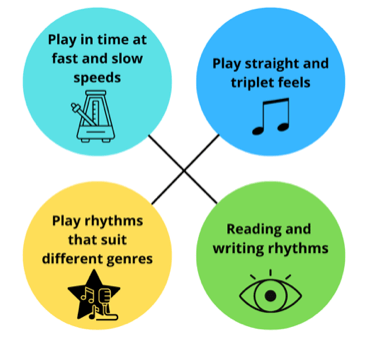The Most Useful Rhythms To Know And Play
What happens when rhythm gets left behind:
When I was taking piano lessons as a child, we pretty much spent 90% of the lesson time on learning pieces. Perhaps you’ve had lessons like this. It was and sometimes still is quite a standard approach when teachers in a school setting need to teach to squeeze students through a grade exam sausage machine and produce results for the school, rather than designing tuition around the musical experiences the student might want to have - playing freely, jamming, performing, improvising, writing their own songs, etc.
I had a reasonable ear, so I was able to memorise how a piece should sound and pass my exam. But outside of playing those pieces by rote, I had zero versatility with rhythm, and if it ever came up that I needed to know where I was or what beat I was on, I was totally stuck.
When I went to music college for guitar, I had some mortifying experiences not being able to consistently follow simple instructions for coming in on and out different beats because I had never been coached in rhythm skills. It did not feel good! But this won’t happen to you if you work on you rhythmic awareness either from the beginning of your guitar - playing career or just from wherever you’re at now.
Is it straight or is it syncopated?
Here is a very simple but effective way to think about rhythm that will make it easy for you to play with other people, accompany yourself singing, and sound great.
Rhythm can either be straight or it can be syncopated. An example of a straight rhythm would be if I played a strumming pattern that matched the pulse. Strumming down on Beats 1,2,3 & 4 would be an example of a straight rhythm. I could also hit some of the upstrokes, maybe down down up down down, and that would still be a straight rhythm. Like in these examples:

Syncopated rhythm would be if I missed one or more of the downstrokes and emphasised the upstroke. For example, let's imagine I hit the downstroke and beat one, I bring my arm down but don't hit the strings on beat two, and I catch the strings on the way up on the "and" of beat two, like the first bar below and beat two/three of the second bar:

When to use syncopation
Syncopated rhythms always create a great catchy feel in a rhythmic texture. Being able to swap between straight and syncopated rhythms is an essential rhythm skill.
Being able to tell the difference between straight and syncopated rhythms is something you can easily do with a bit of practice, and it means you can join in with a part that complements what’s going on in any ensemble situation, sticking to your rhythm securely and without getting thrown off by what others are playing.
Sometimes when you have different instruments, or more than one guitar, it sounds really great to contrast one guitar or other rhythm part that emphasises the beats, and one that is syncopated.
Having some flexibility in terms of what strumming patterns you can easily play, and being able to identify what the dominant feel is in an ensemble (is it straight, or is it syncopated) means that you can join in confidently in all kinds of different musical situations to enhance what's already happening.


These infographics show you some of the results and freedom you’ll enjoy when your rhythm skills are developed and what we mean by rhythm skills.
Train your skills in these areas and everyone will enjoy hearing you play, and you’ll enjoy it too.
About The Authors: Sarah Gallagher & Diana de Cabarrus are professional musicians, guitar teachers, and co-directors of Key To Music, offering Guitar Lessons in Edinburgh.
